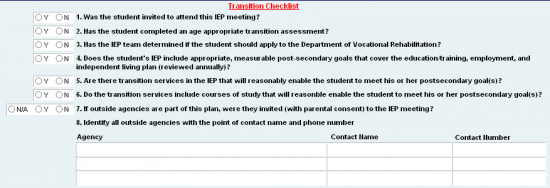Q: Am I allowed to videotape a student in my class?
A: Our KPBSD Special Education Manual provides information regarding videotaping students. It says: (1) Parent / Guardian permission should be acquired before recording – explanation of purpose should be shared with parents (purpose cannot be to document behaviors or to show parents how a student acts at school); (2) No emailing of videos – use thumb drive or disc to share with team members (limit number of copies) or view as a group; (3) Video copies are considered part of a working file and should be destroyed after use or the current academic year; (4) No other students may be included in the video; (5) Video recordings are to be taken on borough-labeled devices only, not on personal phones or devices. Notify your program coordinator if you have a need to videotape a student in your class.
Q: I have a student who has been suspended long term. How do I know what services need to be provided while the student is out?
A: The most famous legal answer for a situation like this is “It depends!” It depends because the law requires that “the child is afforded the opportunity to continue to appropriately progress in the general curriculum, continue to receive the IEP services and continue to participate with non-disabled children to the extent they would in their current placement.” In order to accomplish this, the IEP team, including a general education teacher, must meet to make an individualized determination for that student. A general guideline is to provide at least the amount of service time allocated in the student’s IEP; however that may be too much or not enough depending on the suspension, situation, placement, etc. When in doubt, consult your program coordinator!
Q: I have an student in an intensive needs / self-contained classroom who doesn’t participate in a general education class at all. Am I required to have a general education teacher at the IEP meeting?
A: The answer is once again, “It depends! (but usually yes)” IDEA says that members of the IEP team include “not less than one regular education teacher of the child (if the child is, or may be, participating in the regular education environment).” Their role is specifically to assist with the “determination of (i) Appropriate positive behavioral interventions and supports and other strategies for the child; and (ii) Supplementary aids and services, program modifications, and support for school personnel.” With those legal requirements in mind, there could be a perception to the team, the parent and to the student if a general ed teacher is not present – “this child is not or may not ever participate in the general ed environment.” Input from a general ed teacher assists teams for ALL students and even if not currently participating in general ed classes, all students should have the expertise of a general ed teacher available at their IEP meetings.


